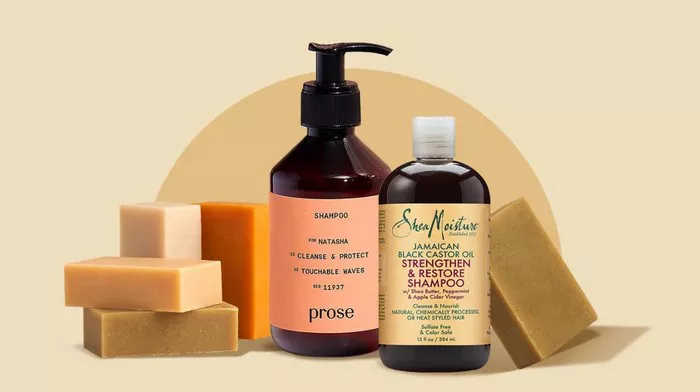In the realm of hair care and maintenance, understanding the signs and appearance of dead hair is essential for maintaining healthy locks. Dead hair can lead to a host of problems, including dullness, breakage, and a lackluster appearance. In this comprehensive guide, we’ll delve into the world of dead hair and provide you with the knowledge you need to identify it. Whether you’re a seasoned hair enthusiast or just beginning your hair care journey, this article will equip you with the insights to keep your tresses vibrant and full of life.
What Is Dead Hair?
Dead hair refers to hair strands that have lost their vitality and natural strength, often displaying visible signs of damage and distress. The core characteristic of dead hair is its lackluster appearance, with diminished shine and vibrancy. It commonly exhibits issues such as split ends, brittleness, and a faded color palette. Dead hair can result from a variety of factors, including excessive heat styling, chemical treatments, poor hair care practices, and environmental stressors. Regular maintenance, trimming, and proper care are essential to prevent and address dead hair, ensuring that your locks remain healthy, vibrant, and full of life.
See Also: [Revealed!] Which Onion Oil is Best for Hair Regrowth?
The Visual Characteristics of Dead Hair
Dead hair isn’t always as obvious as it sounds, but there are specific visual cues that can help you identify it:
1. Dullness:
Dead hair often lacks the natural shine and luster that healthy hair possesses. It appears flat and lacks vitality.
2. Split Ends:
One of the most common signs of dead hair is split ends. These occur when the hair shaft begins to fray, causing it to split into two or more strands.
The Causes of Dead Hair
Dead hair doesn’t happen overnight. It’s the result of various factors that gradually take their toll on your locks. Let’s explore these causes:
1. Excessive Heat Styling:
Frequent use of hot styling tools like hair straighteners and curling irons can damage the hair shaft and lead to dryness and brittleness.
2. Chemical Treatments:
Coloring, perming, and other chemical treatments can weaken the hair structure and make it prone to damage and breakage.
3. Poor Hair Care Practices:
Neglecting proper hair care, such as infrequent washing, lack of conditioning, and rough handling, can contribute to the deterioration of your hair’s health.
Prevention and Treatment of Dead Hair
Preventing and addressing dead hair is crucial for maintaining a healthy mane. Here are some steps to consider:
1. Trim Regularly:
Schedule regular haircuts to remove split ends and prevent them from traveling up the hair shaft.
2. Reduce Heat Styling:
Limit the use of hot styling tools and always use a heat protectant product to shield your hair from excessive heat.
3. Choose Gentle Products:
Opt for sulfate-free shampoos and conditioners to avoid stripping your hair of its natural oils. Consider using deep conditioning treatments to restore moisture.
4. Balanced Diet:
Ensure your diet is rich in essential nutrients like vitamins, minerals, and proteins that promote hair health.
5. Protect Your Hair:
Wear a hat or use UV-protective products when exposed to the sun, and cover your hair in extreme weather conditions.
Professional Guidance for Dead Hair
If you suspect your hair is in a state of distress and you’re unable to revive it with home remedies, it may be time to consult a professional stylist or trichologist (hair and scalp specialist). They can perform a hair analysis and recommend suitable treatments or products tailored to your hair’s specific needs.
Conclusion: Embrace Healthy, Vibrant Hair
In conclusion, recognizing what dead hair looks like is the first step toward maintaining a healthy and vibrant mane. By understanding the visual cues and addressing the causes, you can take proactive steps to prevent and treat dead hair. Regular maintenance, a balanced lifestyle, and professional guidance when needed can help you achieve the lively, lustrous locks you desire. Remember, healthy hair is not only a reflection of external beauty but also an indicator of overall well-being.


